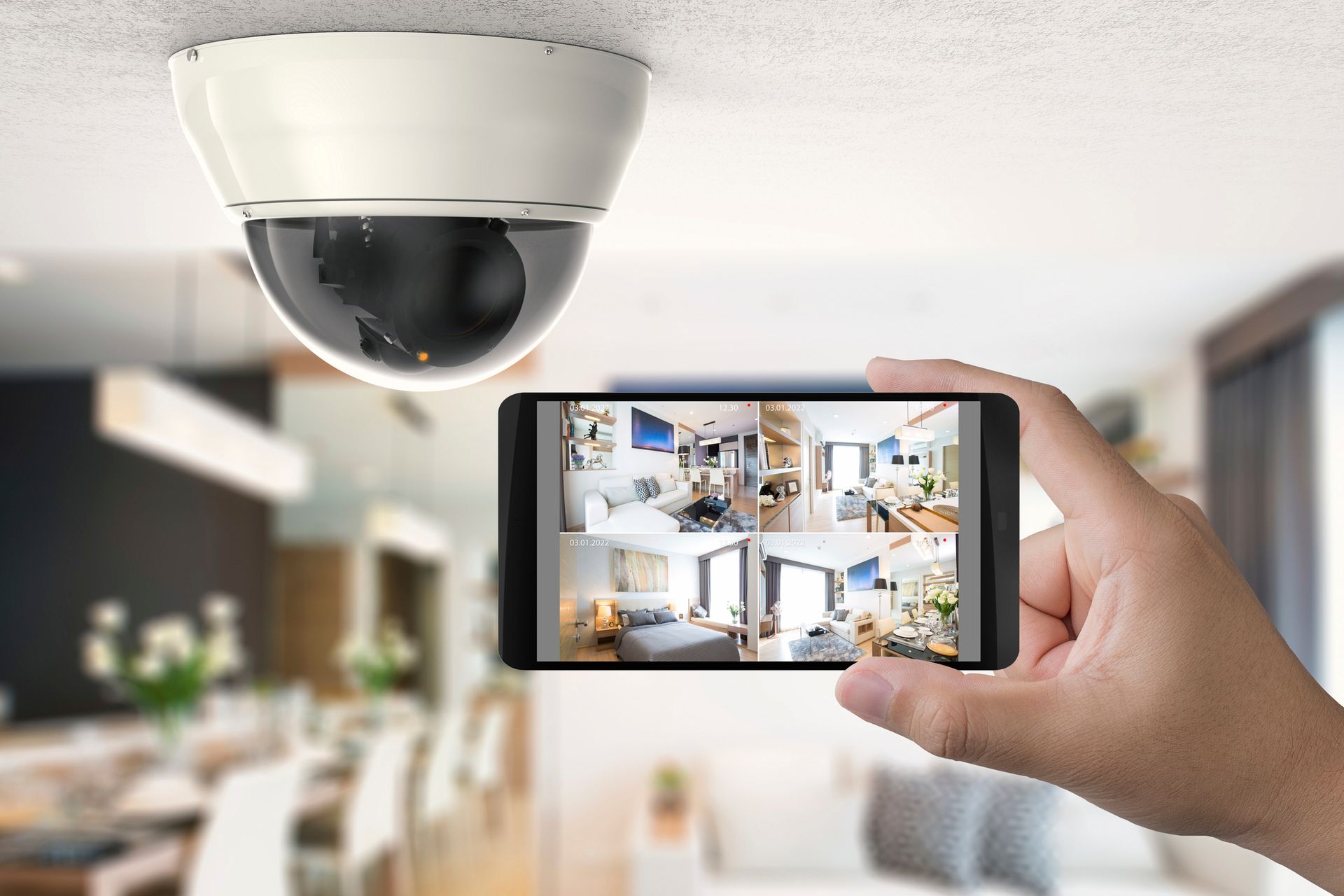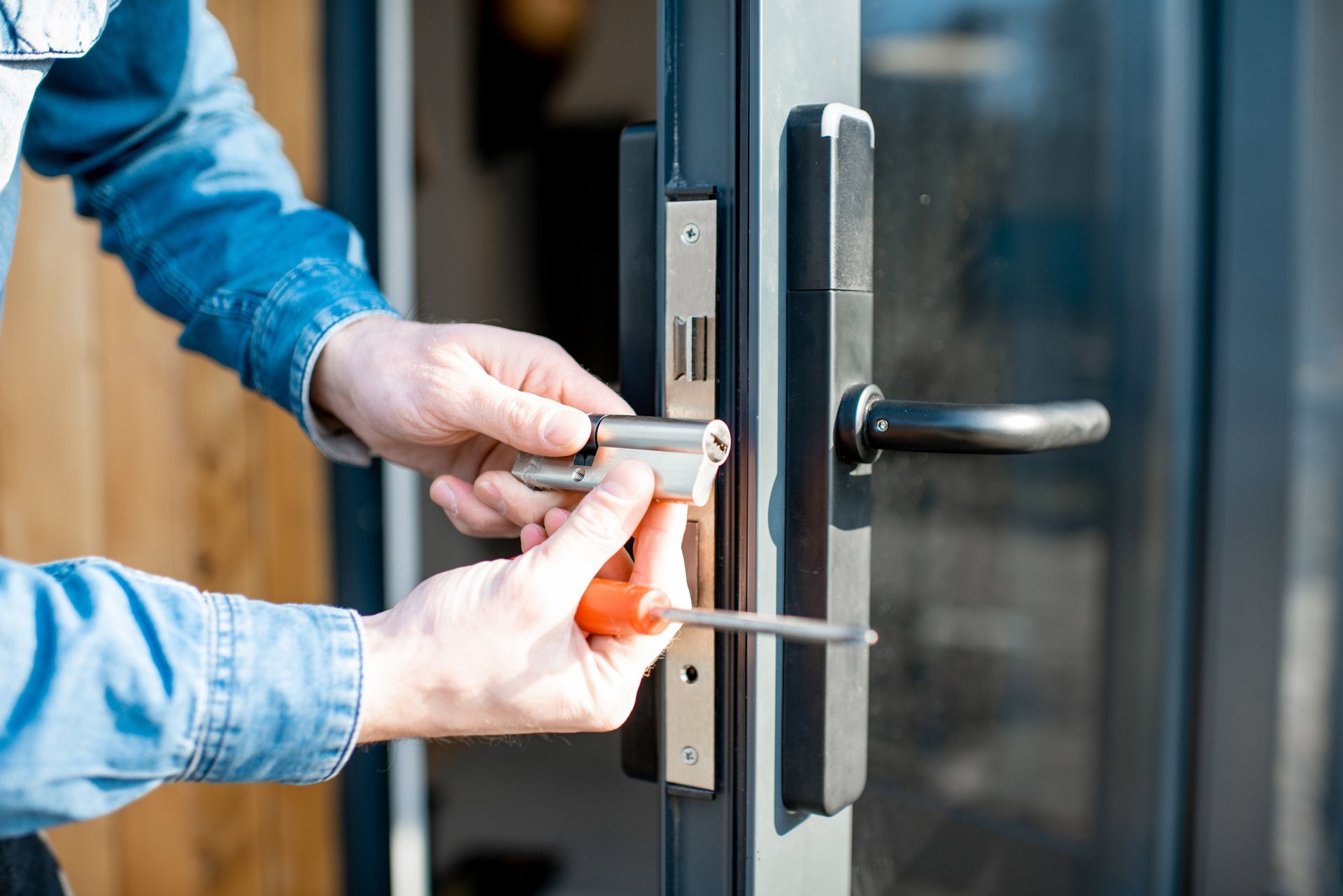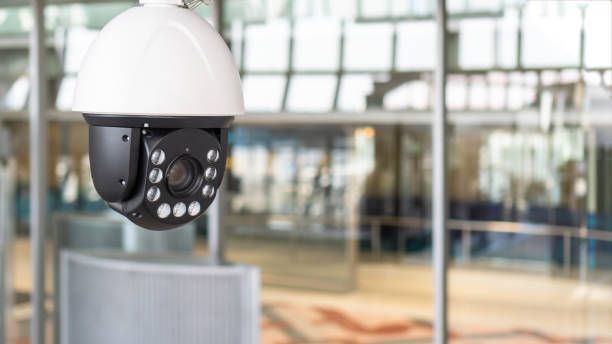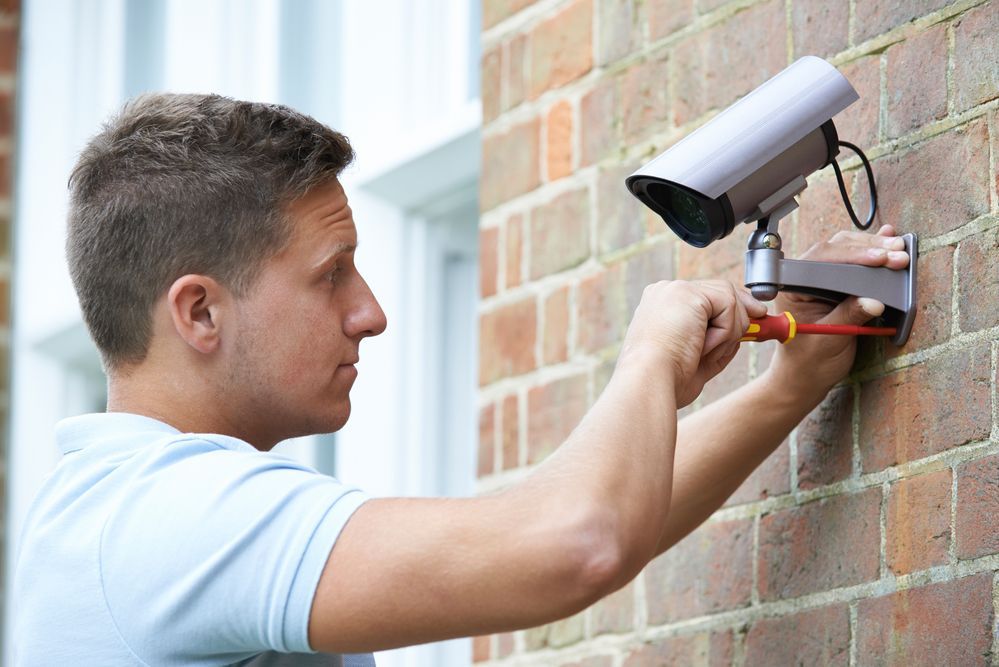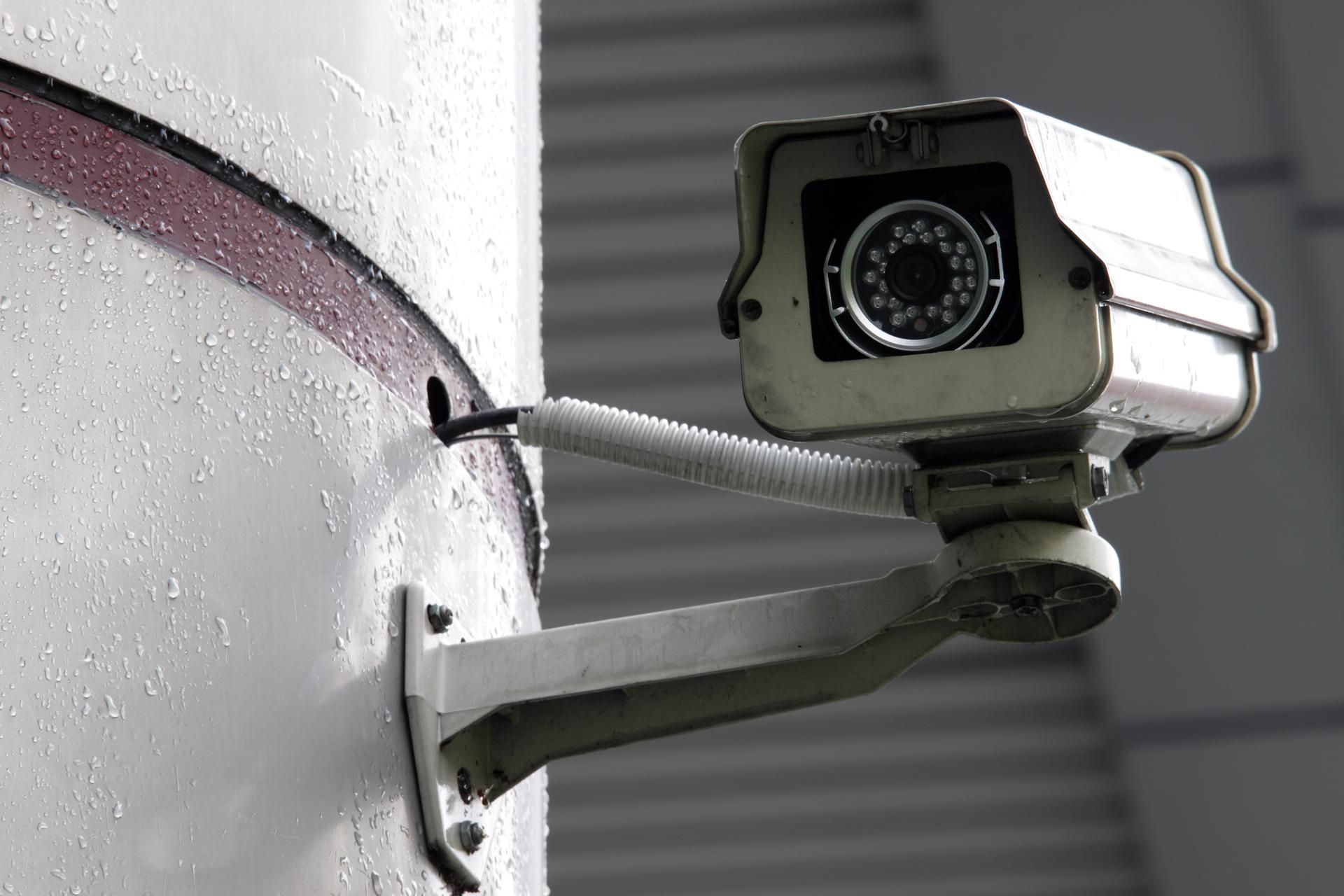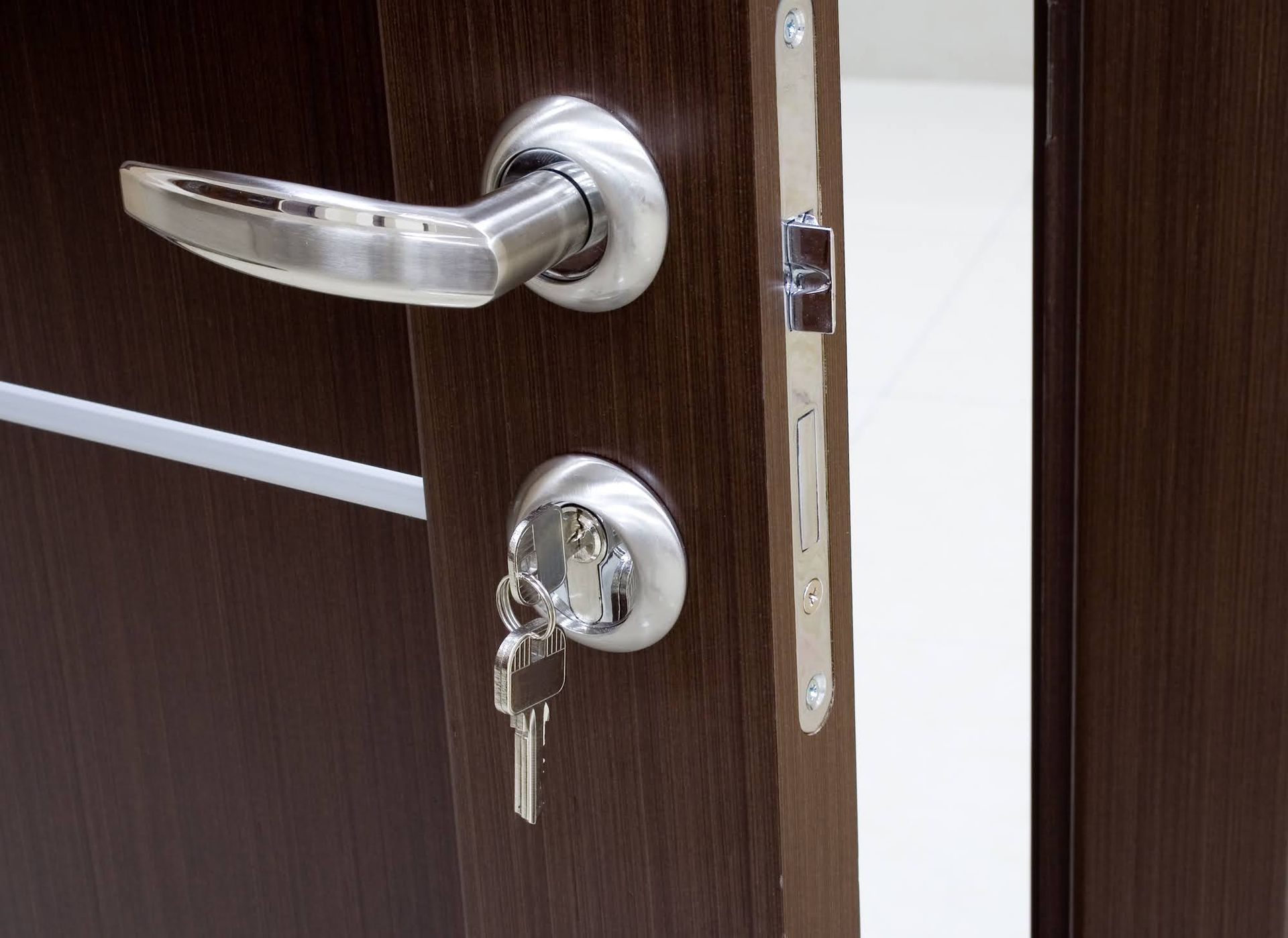Residential Safes: An Assessment and Installation Tips

A residential safe will protect jewelry, cash, and other valuables that you do not want subjected to theft or damage. This blog will outline some tips that you and your locksmith can address during a residential assessment and safe installation appointment.
Safe Styles
A floor safe can be permanently anchored to flooring. It can also be set directly on flooring without using bolts to secure it.
Additionally, determine the number of valuables that you would like to store. If you may be increasing the number of items you’ll store in the future, you may need to purchase a larger safe that will adequately store your possessions and keep them organized.
Access Features
Keyed, keyless, digital, and biometric safe products will each require a different access method. The frequency in which you will need to gain entry to the safe may factor in on whether you purchase a basic safe model or a more advanced model.
Your locksmith will educate you about various safe features. A basic safe may require the use of a key or a digital keypad. A more advanced model may use a fingerprint scan, an eye scan, or a voice recognition feature in order for the safe to open.
Fire Rating
The fire rating of a safe will determine the level of protection that a safe provides. Manufacturers of residential safes use fireboards, composite insulators, and other fire-resistant materials to regulate the temperature within a safe. Some products are designed to reinforce the walls and door that comprise a safe. Other products are layered within a safe's interior.
Additionally, remember to review the fire rating of safes. Consider the value of the items that will be stored within the safe. Then, consult with your locksmith about the fire rating criteria that you should take into account when choosing a residential safe to purchase.
Visibility Concerns
During a walkthrough of your residence, your locksmith can guide you in choosing an ideal location for the safe. The safe should provide you with a viable way to access it but should not be installed in an area that would be easy for an intruder to gain entry to. When a safe is installed in a basement or another area that is not within view, for example, the valuables that are stored within the safe will be more protected.
Stabilizing Considerations
A safe that is going to be mounted to the wall should be set on a flat, sturdy surface. Flooring or wall materials that will support the safe should be inspected for damage before the safe is mounted.
Transport Essentials
Residential safes are constructed of steel and other durable materials that are heavy. The new safe that you purchase should be transported by a licensed professional. This will prevent damage to the safe before it is installed within your home.
A locksmith from Dixie Safe & Lock Service Inc. can guide you in choosing a safe to purchase and planning where to have it installed. They will also assist with programming your new safe and keeping it maintained throughout the course of ownership.


